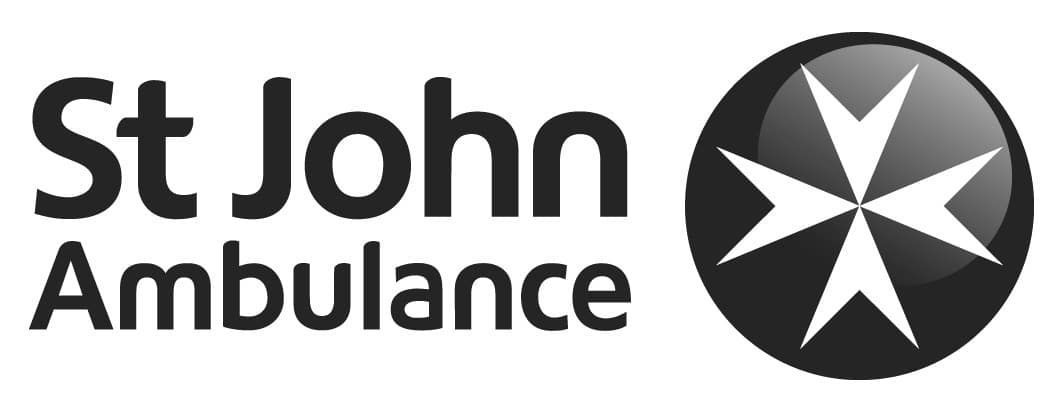Organisational Design

Designing for success
Now more than ever, organisations are under constant pressure to respond to change and stay ahead. Due to changes in the economic climate, increased customer demands, efficiencies through technology, people’s career expectations and an ever-growing landscape of competitors, organisations are forced to adapt quickly, efficiently and relatively painlessly to new ways of working.
Designing major organisational changes is complex and is a high stake undertaking, so it’s essential that the process is done with open communication and a clear vision in mind. Your structure should also be set up to deliver your strategy and any target operating models you have already defined. With a wealth of knowledge and years of experience at hand, Nine Feet Tall’s team of organisational design consultants can help you structure your organisational design for the better.
What is Organisational Design?
Organisational Design (OD) is the evaluation of a business in its entirety, looking specifically at the distance between its current state and its desired future state, including wants, needs and goals, and working out an organisational design strategy to narrow the gap. As an organisation design consulting firm, we help companies develop effective organisational designs that align with their objectives. You may choose to redesign your organisation following a change in management, environment or strategy, or maybe your current design just isn’t suitable for your evolving needs.
A holistic approach to Organisational Design
At Nine Feet Tall, we believe in taking a comprehensive view when redesigning organisations. Our holistic approach considers all aspects of your business, from strategy and structure to processes and people. We dive deep into your company’s DNA, examining how different elements interact and influence each other. By aligning these components, we create a cohesive design that enhances overall performance and adaptability. Our consultants work closely with you to ensure that every facet of your organisation – from leadership to front-line operations – is optimised to support your goals and vision. This integrated method not only solves immediate challenges but also builds a foundation for long-term success and resilience.
How we work with you
We design with transition in mind. You’ll benefit from our extensive experience with turning strategy into operational excellence and learn how to avoid the common pitfalls which lead to ineffective and unsuccessful redesigns.
We will use a systems thinking approach to shine a light on the processes that help to deliver value for your customers/clients and start to build organisational principles around this, so it’s not just the structure we are assessing but the entire organisation.
We will make sure there is focus and attention given to the hard elements (structures, process, policies, JD’s etc.) and soft elements (culture, values, behaviours, attitudes etc) within your organisation.
Together, we’ll work collaboratively to develop a design that generates the best possible value, services, and experience for all based on your specific organisational needs. With the right organisational design, your business can be agile and efficient, responding to changing external factors, internal demands, and realising cost savings along the way.
It is vital to treat Organisational Design as a programme of change. You will need a project structure, clear business case and well defined benefits.
Iain Heaton
Deputy CEO and CFO,
Blue Cross
What are the principles to good Organisational Design?
Understand the problems you are trying to fix
The organisational design process hinges heavily on self-reflection. During the evaluation and review stages, you’ll have the opportunity to examine your past performance and mistakes, as well as to recap where you started, see how far you’ve come and rediscover your purpose. Keeping these things in mind as you look to the future is essential for the growth of your organisation (and in supporting to solve any issues that triggered the design in the first place) but try not to get caught up in blame or justifications. Instead, use your past experiences to inform new decisions and keep your focus on the development of a new strategy.
Promote accountability
By keeping accountability for the changes happening at the forefront of your organisational design, you enable your people to work efficiently both individually and as a team without feeling micromanaged. This can help to empower your teams, encourage ownership whilst also boosting company performance, motivation and morale. It is easy to focus on the short term commercials and expense incurred by organisational design. Taking a step back and understanding the long term value which can be accessed through this type of change can create a compelling case for consideration.
Adopt a "purpose first" approach
Your company should have an established purpose that is reflected in your organisational design strategy as well as the critical ins-and-outs of the way you think. Don’t let other companies and their structures plague the way you redesign yours – instead, adapt your structure and strategy to suit your purpose, operating goals and business strategy. Every organisation will have a different approach, but your chosen structure should be adopted and solidified across every aspect of your company. Make sure your purpose, goals and objectives are consistent across your organisation, and use these to make your redesign work for you.
Utilise your strengths and celebrate them
When reviewing your existing structures and processes, look for the things you do well and build on these when redesigning your organisation. It’s always good to know that you aren’t starting from scratch, plus this presents a great opportunity for you to celebrate your team and their successes, reinforcing positive behaviours and systems and offering formal incentives to help it to continue.
The spotlight will be on how the organisation can enable the delivery of valuable solutions/work/propositions which will be enabled by the organisation you design.
Our Latest Organisational Design Insights
Frequently Asked Questions
Organisational design is an essential part of ensuring your company’s future success. The benefits of organisational design are simple:
- Faster growth
- Better decision making
- Improved efficiency
- Greater visibility of your organisation
- Reinforced vision for your organisation’s future
- Growing a culture of continuous improvement
With an open mind and a clear vision. Understanding where you want your organisation to be in the future is absolutely vital to the success of your redesign; without a goal to work towards, it’s difficult to review with a critical eye or strategise with purpose.
There are two main approaches to organisational design. A hierarchical approach works from the top-down, using an inflexible management structure, whereas an organic approach focuses on flexibility, collaboration and participation across the organisation.
There are several frameworks within these two approaches that could work for your business. If you’re curious about which would suit you best, get in touch with our team who will be happy to discuss your organisational vision.
Organisational design usually requires a large-scale review of all elements of your organisation, from the wider structures, policies and practices in place down to ‘unwritten’ company culture, individual performances and reward systems that work to support them. There are three steps to the organisational design process: consideration, planning and support. We will talk you through these steps in more detail during our proposal process.
Before you do anything else, consider the impact that any changes you make will have on your organisation and the people within it. You can do this by evaluating your existing design, examining factors like your company size, your current strategy and your market environment, to identify areas of improvement and envision a new path for your organisation.
The next step is to plan how you get there, gathering input from every department to ensure a collaborative approach that works for everyone. This goes hand in hand with the final step to successful organisational design: support. Not only will your team provide valuable insights into your company processes and feel included in the design process which helps to boost morale, but your new vision for your company will be effectively communicated across your entire organisation.
When it comes to envisioning where you want your company to go and planning how to get there, it can be difficult to strike the right balance across your organisation.
Differentiation vs Integration
During the organisational design process, you may find it tricky to navigate the tension between differentiation and integration.
For your organisational design to be successful, differentiation (the process by which resources are allocated to tasks and people are divided into departments and hierarchies across an organisation) has to work hand in hand with integration (the process of coordinating tasks, functions and divisions so that they work together rather than in isolation) to ensure that every member of your team is contributing to a united list of objectives. Achieving the right balance here is key to narrowing the gap between where your organisation sits currently and where you want it to sit in the future.
Centralisation vs Decentralisation
Balancing centralisation and decentralisation is also essential to the success of your organisational design. Centralisation, an organisational set up where authority to make decisions lies with the managers at the top of the hierarchy, is useful for several reasons including company evaluation, process and system standardisation and activity coordination, but can also be detrimental to individual initiative, team morale and customer experience.
This is where decentralisation comes in: by diverting some of that authority to managers at all levels rather than focusing it all at the very top of your company hierarchy, you can increase the opportunity for innovation, generate greater insights into your company and help streamline decision making.
Leadership problems and conflicting priorities
It is possible stakeholders within your organisation’s hierarchy may be resistant to the implementation of decentralisation, which can make it difficult to put a new organisational design in place. Authority figures could also have differing opinions on what the organisation’s priorities should be, which can derail the organisational design process.
The best way to combat internal problems such as these is to prioritise good communication and feedback between every member of your organisation, from the stakeholders to the individual team members. When it comes to changing the way you do your business, keeping each employee in the loop can help to maintain personal investment as well as improve motivation and morale.
Emotions may run high
Sometimes people shy away from restructures because of the negative connotations. We can help quell that anxiety. There are three core motivations for design, only one is for cost saving purposes and is likely to result in redundancies but for the most part, OD is about ensuring organisations reach their full potential.
If you’re wondering how to begin on your Organisational Design journey, Nine Feet Tall’s consultancy service, as an experienced organisation design consulting firm, can provide you with guidance to get off on the right foot. We will partner with you to develop effective organisational designs using a holistic approach that taps into the core elements which make up an organisation from the processes, roles and responsibilities, technical enablers and decision-making streams. Similarly, if you have been working on your organisational design strategy for a while and have been struggling to get it off the ground, we can assess where you may be going wrong against tried and test criteria to ensure your design work can get back on track.
Our organisational design consultants are a team of experts who can help you design and organise your business from its overall structure down to the roles and resources within it, putting the right people in the right place at the right time as you work through this transition. You’ll benefit from their shared expertise as they help you nurture the tools you need to improve company efficiency and increase team productivity.
Get Support for Organisational Design today
Discuss your needs with a specialist








